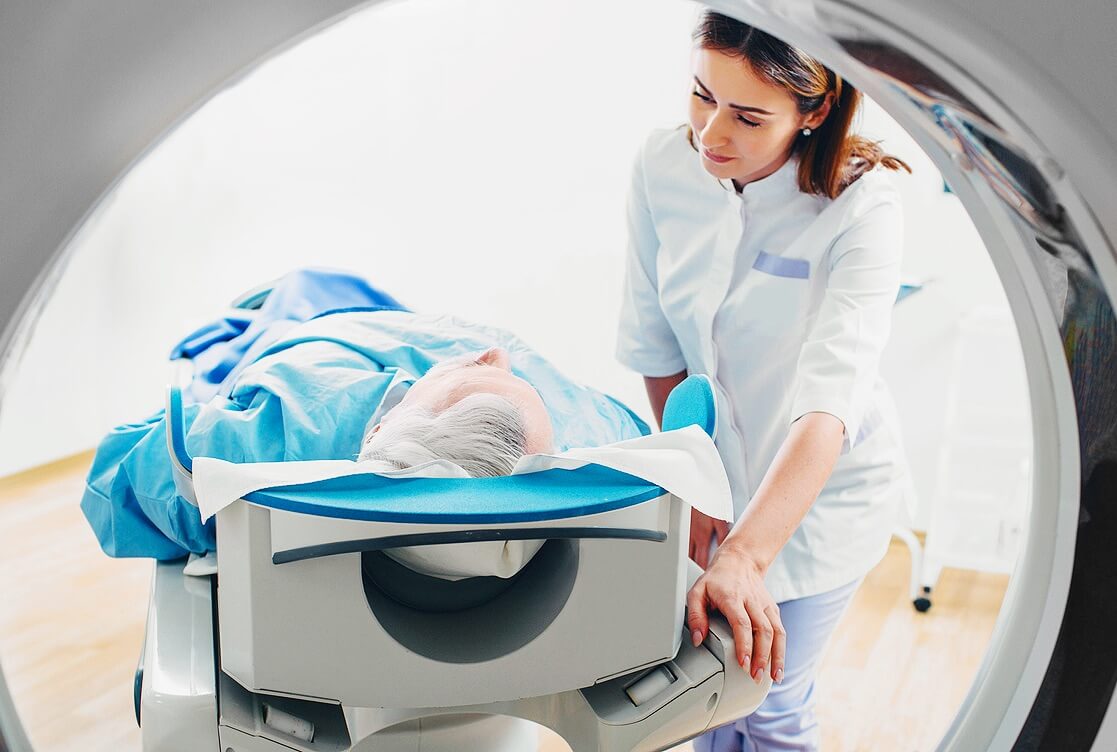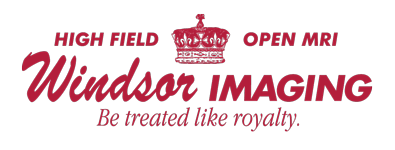With another year starting up, it’s time to schedule all of your critical medical appointments. For women over the age of 40, this includes your annual mammogram.
What is a mammogram?
At its core, a mammogram is a low-dose x-ray examination of the breast. The non-invasive exam is used for the early detection of various breast diseases or abnormalities. Older forms of the exam use film mammography, while most imaging centers today use 2D digital mammography. Typically, there are two types of mammograms: screening and diagnostic.
According to the National Cancer Institute, a screening mammogram checks for breast cancer in “women who have no signs or symptoms of the disease.” This makes the x-ray act as more of a preventative exam. A screening mammogram captures two or more digital images of each breast. With these precise x-rays, physicians may be able to spot tumors that are not noticeable at the breast’s surface. The National Cancer Institute continues, “Screening mammograms can also find microcalcifications (tiny deposits of calcium) that sometimes indicate the presence of breast cancer.”
A diagnostic mammogram is conducted after an abnormal lump or dangerous symptom of cancer has been recognized. Possible symptoms of breast cancer include redness or flakiness around the nipple area, irregular nipple discharge, a change in the shape of the breast, breast pain, etc. These symptoms can also be consequences of diseases unrelated to breast cancer. In addition, a diagnostic mammogram will be scheduled if abnormalities are found during a screening mammogram.
A screening mammogram and a diagnostic mammogram are performed on similar digital x-ray machines; although, a diagnostic mammogram will most likely take longer to complete as it captures more images than a screening mammogram.
How often should you get a mammogram?
Current national guidelines recommend all women age 40 and over receive an annual screening mammogram. That being said, the earlier an abnormality is detected, the earlier treatment for the patient can begin. Breastcancer.org states, “Finding breast cancer early reduces your risk of dying from the disease by 25-30% or more.” Put simply, an annual mammogram can save your life.
What’s the top-performing kind of mammogram?
The 3D digital mammogram is one of the highest-performing exams offered to patients today. It creates three-dimensional images that provide the clearest look into a patient’s breast area. The 3D digital mammogram is the only exam that is FDA approved as superior to standard 2D mammography for routine breast cancer screenings for women with dense breasts.
At Windsor Imaging, we know what it takes to produce clear, diagnostic images while maintaining patient satisfaction during an exam. Our Fort Pierce location is home to Hologic Genius™ 3D Mammography™, an exam that yields more accurate results to aid in the fight against breast cancer for women of all ages and breast densities. With state-of-the-art technology and a caring radiology team, there’s no reason women will not keep their annual mammography appointment with us. Visit our website for more information on the types of digital imaging services we offer.


